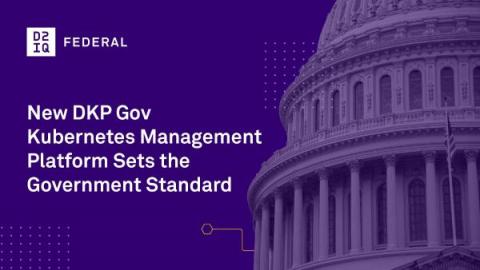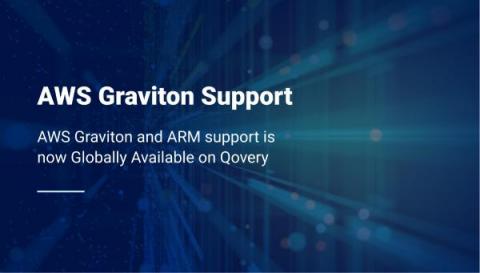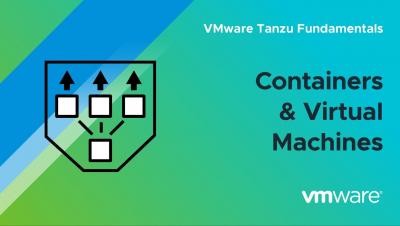New DKP Gov Kubernetes Management Platform Sets the Government Standard
D2iQ is excited to announce the introduction of DKP Gov, a new solution optimized for the government sector. DKP Gov addresses the needs of government military and civilian agencies that are under continual pressure to innovate and adopt new technologies to keep pace with technology advances and gain strategic and tactical advantages.











